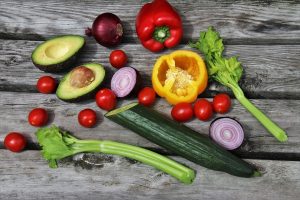Protein Power Protection
This heart-shaped grain may not be one of your favourites, but the benefits of buckwheat and the protein power you get from it make it one of the best whole grains there is. Though buckwheat or kasha as the roasted form of this grain is known, it’s not as popular in western countries as it is in Asia such as Japan, Tibet, China, Vietnam, Thailand and even in other places like Russia and the Balkans. Perhaps it’s why some of these countries have a remarkably low rate of cancer.
Buckwheat contains a variety of compounds called flavonoids that are known to help block the spread of this disease. Two compounds, in particular, quercetin and rutin, are especially promising because they appear to thwart cancer in two ways. These substances make it difficult for cancer-promoting hormones to attach themselves to healthy cells, and as a result, they can stop the disease before it starts.
Should cancer-causing substances get into your cells, these compounds can reduce the damage to DNA, your body’s chemical blueprint for normal cell division. Not only is buckwheat a cancer powerhouse, but the grain can also help prevent heart disease as well as it can control diabetes.
Buckwheat

Benefits of Buckwheat – Keeping your Blood Flowing
The plant-based pigment rutin in buckwheat also plays another protective role. Because it works in harmoniously with other compounds, rutin helps prevent platelets, the compounds in your blood that assist in clotting, from clumping together. By helping to keep blood fluid, buckwheat can play an essential part in protecting your heart.
And there’s yet another way in which the rutin in buckwheat can help keep your blood flowing. It helps by shrinking particles of the low-density lipoprotein (LDL) cholesterol. It makes them less likely to stick to your artery walls and further reducing your risk of a heart attack or stroke. Other plant-based foods containing rutin are apples, figs and many citrus fruits as well as green and black tea. They also have powerful antioxidant properties.
Perhaps this could explain why the Yi ethnic group of people in China, who consume a high intake of buckwheat from an early age have deficient levels of total cholesterol. Even better still, their levels of LDL cholesterol are significantly lower while their levels of the good high-density lipoprotein (HDL) cholesterol remain high.
Rutin also appears to help stabilise blood vessels, and it checks any excess fluid that might accumulate in your body. In doing so, this may also help lower blood pressure and with it the risk of heart disease.
Buckwheat also contains vitamin E, and when this vitamin combines with flavonoids, the benefits are more pronounced. Fat-soluble vitamin E helps neutralise dangerous free radicals, the harmful oxygen molecules that can cause havoc your cells. And by that I mean, the fatty portions of your cells. Flavonoids, on the other hand, are water-soluble, and they attack the free radicals in the watery part of your cells.
Heart-Shaped Buckwheat
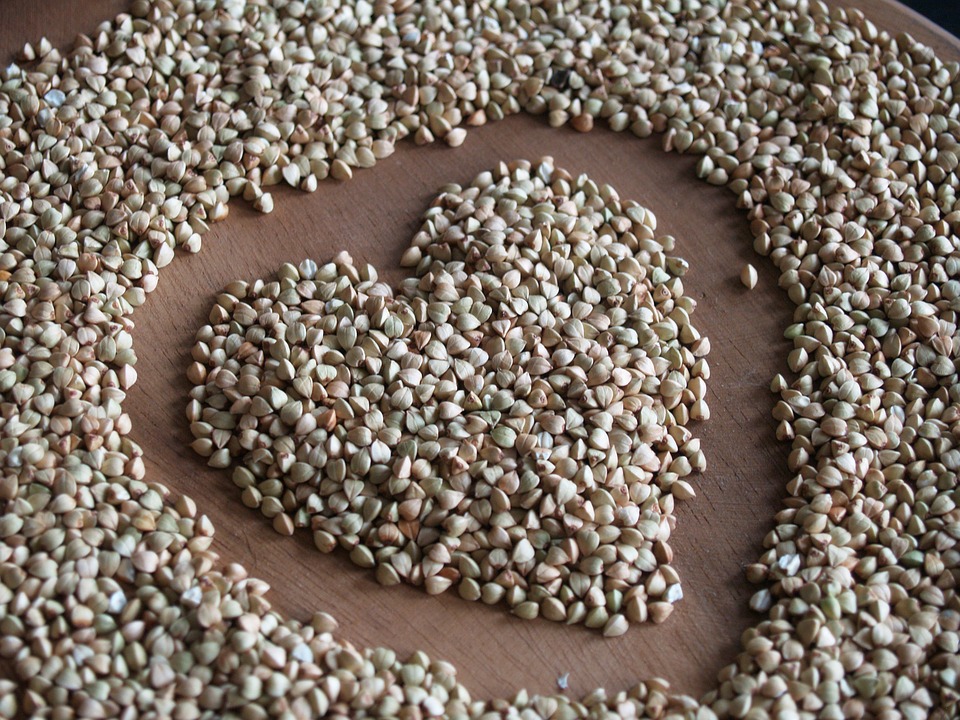
Benefits of Buckwheat – Protein Power
This is excellent news for vegans and vegetarians and anyone else who wishes to cut back on meat. Besides quinoa, buckwheat is also one of the best known whole grain sources of high-quality protein. Yes, that is a fact. This also quells the myth that vegans and vegetarians don’t get enough protein in their diets. And apart from grains, we also get protein from several other sources of plant-based foods too. Now, we know that protein (amino acids) is essential for everything from healing wounds to producing brainpower. Buckwheat protein can do even more for you. It can help lower your cholesterol as well. Buckwheat is also an excellent source of essential nutrients. It’s rich in several minerals, most especially magnesium and manganese but also copper and zinc.
Buckwheat Noodles
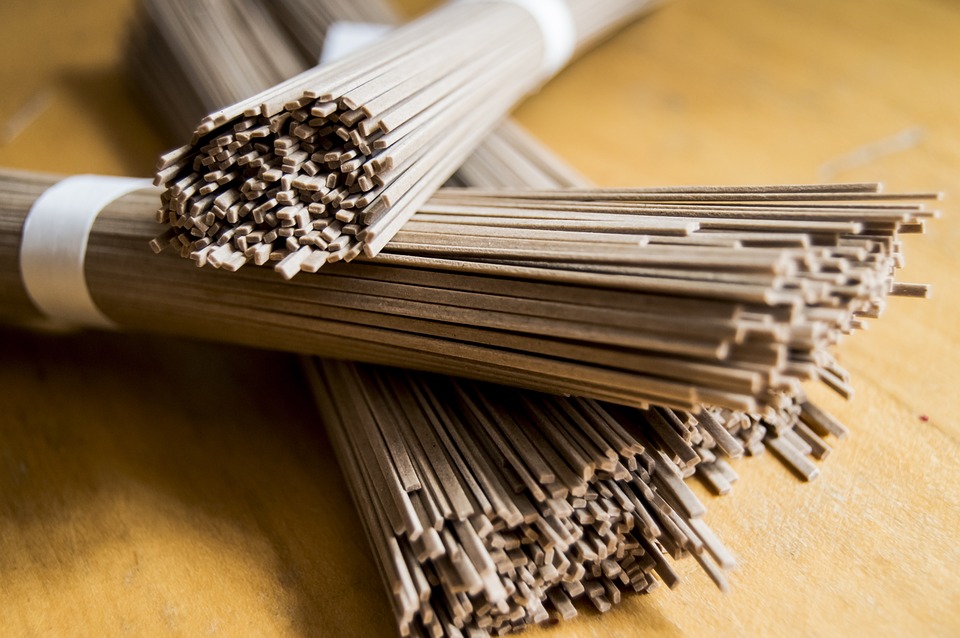
Benefits of Buckwheat – Digestion Protection
One of the benefits of buckwheat is its ability to help control blood sugar levels. If you were even a little concerned about diabetes as an adult, this whole-grain would be most valuable. The carbohydrates in buckwheat, amylose and amylopectin are digested more slowly than other types of carbohydrates. These cause blood sugar levels to rise more evenly. While this is excellent for everyone, it’s especially important for if you have diabetes.
It’s Important if your blood sugar levels tend to rise steeply and stay high too long. Keeping your blood sugar under control has been shown to reduce or even prevent many of the severe complications of diabetes, including kidney damage.
And even if you don’t have diabetes, buckwheat can help because it’s absorbed more slowly than other grains. It also leaves you feeling fuller longer, making it easier to eat less and help control our weight if that is the case. Something else you should know. If you or someone you know has celiac disease, a potentially dangerous intestinal condition that occurs when you are intolerant to gluten, a protein found in wheat and other grains, buckwheat is a gluten-free grain. So you can eat as much buckwheat as you want.
Benefits of Buckwheat
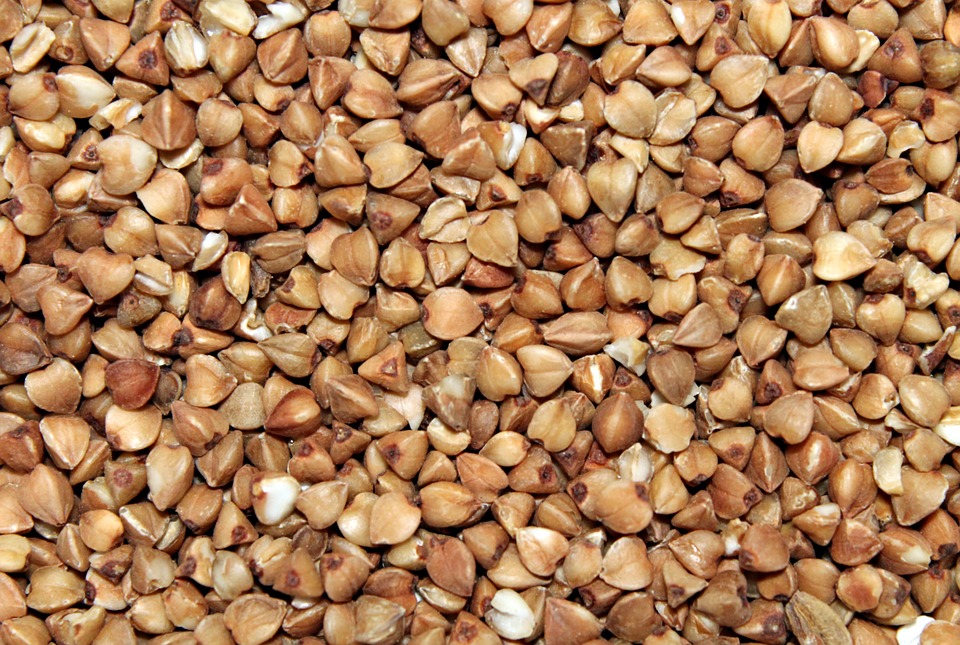
Benefits of Buckwheat – Help in the Home
Unlike rice and wheat, buckwheat has no gluten, a protein with a glue-like consistency. Without the gluten to hold the grain together, it can quickly turn to much unless you precook it. So this is what you need to do.
- After washing and draining the buckwheat, put it in a hot skillet and toss gently for 3 to 5 minutes. It will expand and strengthen the outer skin, which will help it stay intact during the simmering process.
- If you’re using kasha, the roasted form of buckwheat that’s cracked, toss it with an egg white before adding it to a pan. The albumen in the egg will help keep it firm. Uncracked kasha, however, can be cooked without the egg white.
- Transfer the buckwheat to a saucepan and add 2 cups of water for each cup of buckwheat. Always begin with boiling water which will seal the outer surface and help it hold its shape during cooking.
- Cover and simmer buckwheat for about 15 minutes or until all the water is absorbed and the kernels are tender.
Buckwheat and Kaszotto Cheese
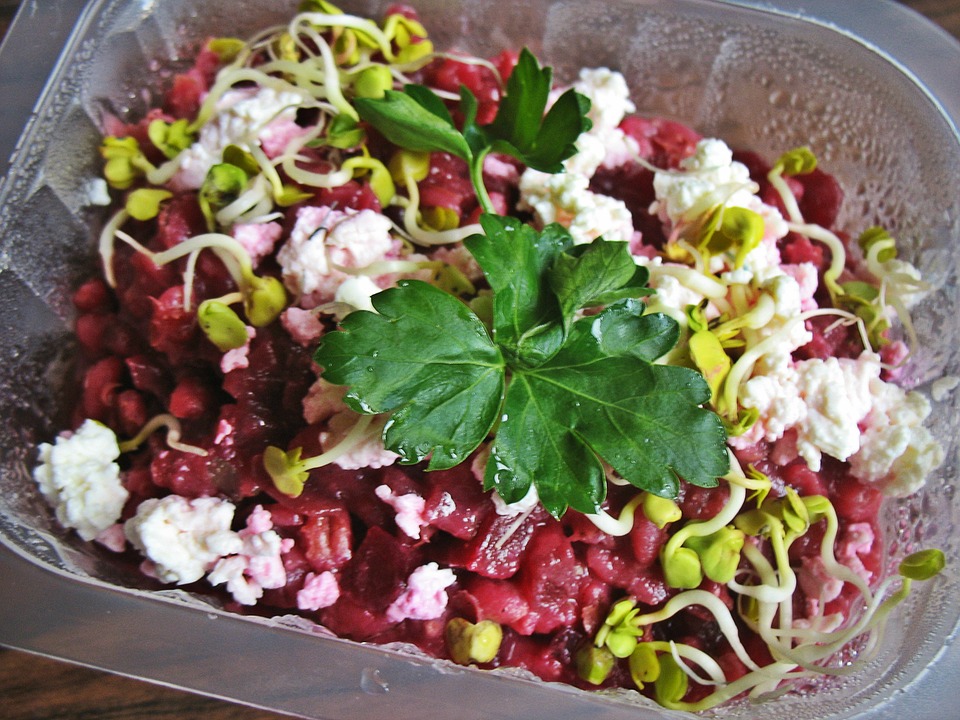
Benefits of Buckwheat – Getting the Most
Fire up your Oven. Even though you serve buckwheat mostly as a side dish to vegetables and whatever else you fancy, you can use buckwheat flour to make bread, muffins and pancakes. It is essential to use “light” buckwheat flour since it contains more nutrients than the healthier-sounding “whole” flour.
Whole buckwheat flour is made by grinding the buckwheat hull and adding it to the mix. It would add a robust, dark colour but virtually no nutrients. This process dilutes the more nutritious light flour, thus giving you less bang for your buck. You may think that the unabridged version is healthier, but in this case, it’s just not true. I hope you enjoyed the show.
Japanese Buckwheat Noodles
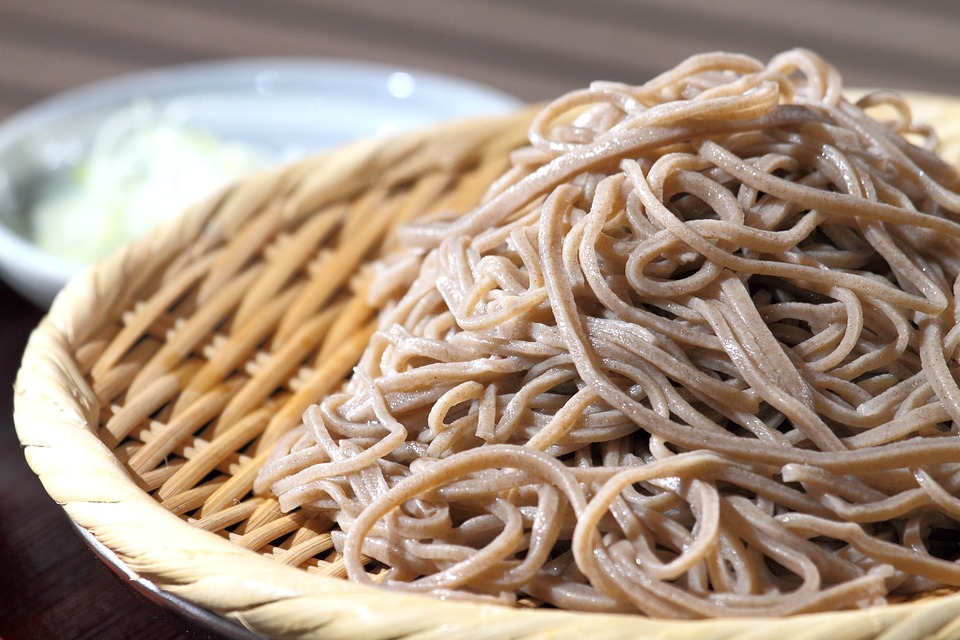
Love Travel Eat Right – Disclaimer
Please take note that the information on this site is designed for educational purposes and is intended solely for a general readership. The contents herein are not intended to offer any personal medical advice or to diagnose any health issues you may have. This information is also by no means a substitute for medical care by a licensed healthcare provider. For that, you’d need to consult your medical doctor or a health care practitioner for any advice should you require prescription medication.


